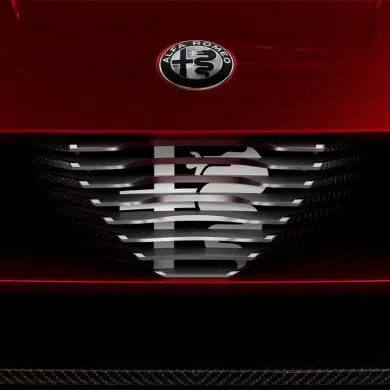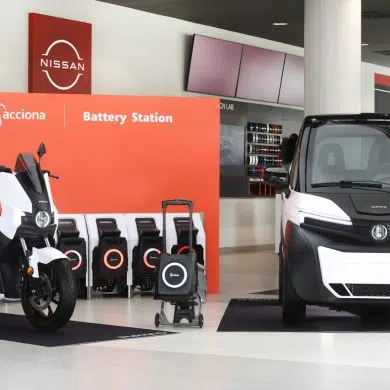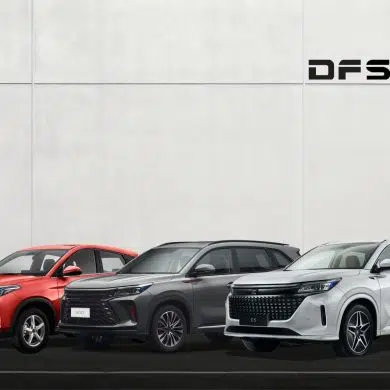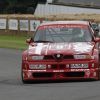Usually, to determine the size of a car manufacturer's reputation, we ask "how many children grew up with posters of the brand's cars in their rooms". For Mazda, that's not an issue, as its RX-7, 787B and many other models have dominated and continue to dominate the... wet dreams of young and old alike. To this story is added a car unknown to us in Greece. An impressive, wedge-shaped, futuristic supercar of Mazda that decorated many children's rooms, the RX500.
It's 1970. The Beatles release their album "Let It Be" and the failed Apollo 13 mission into space establishes the famous phrase "Houston, we have a problem". But 1970 was also an intense year for the automotive world. Wedge-shaped supercars appeared and many manufacturers tested the technologically advanced rotary engine in their models.
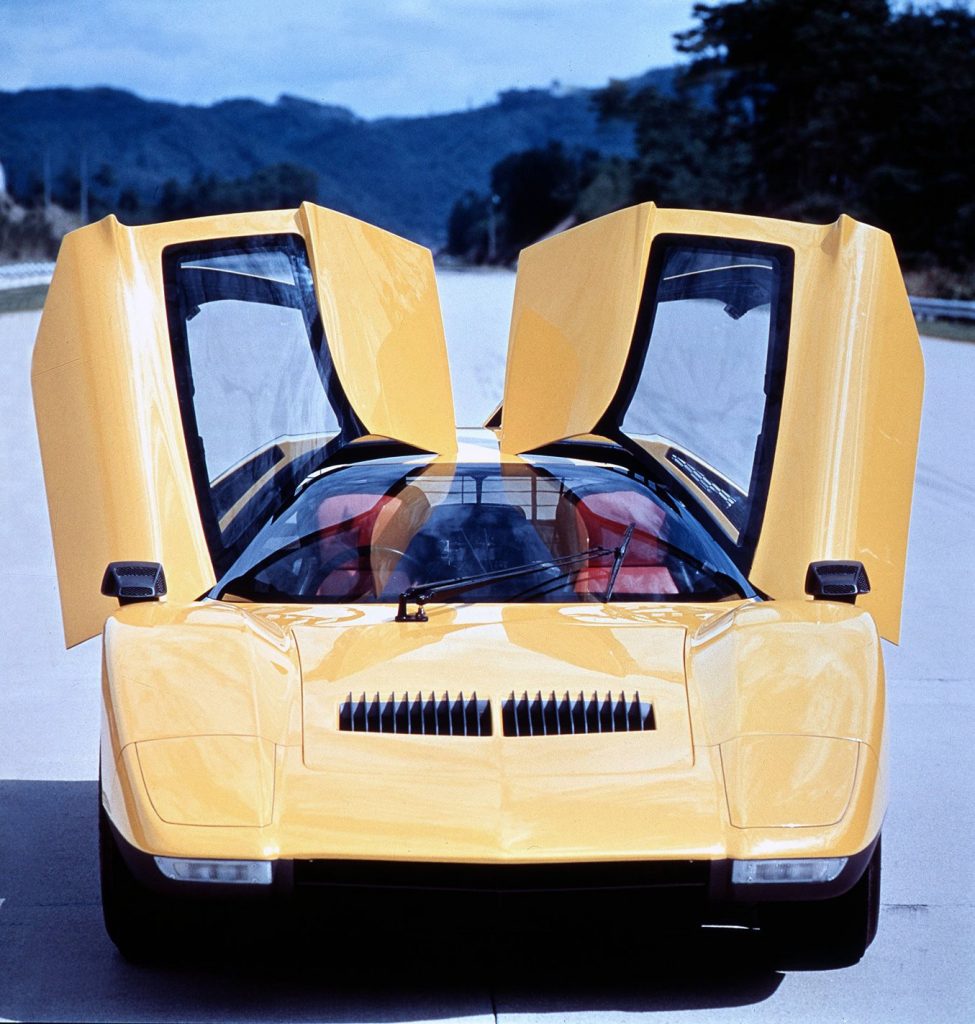
In this context, Mazda unveiled the sharply angular and aerodynamic RX500 at the 17th Tokyo Motor Show, which marked the company's 50th anniversary. The yellow mid-engine sports car becomes a favourite and charms the public with its aviation-inspired design. Equipped with innovative rotary piston technology, the futuristic RX500 generated intense media interest worldwide.
From the Motor Show to the toy box
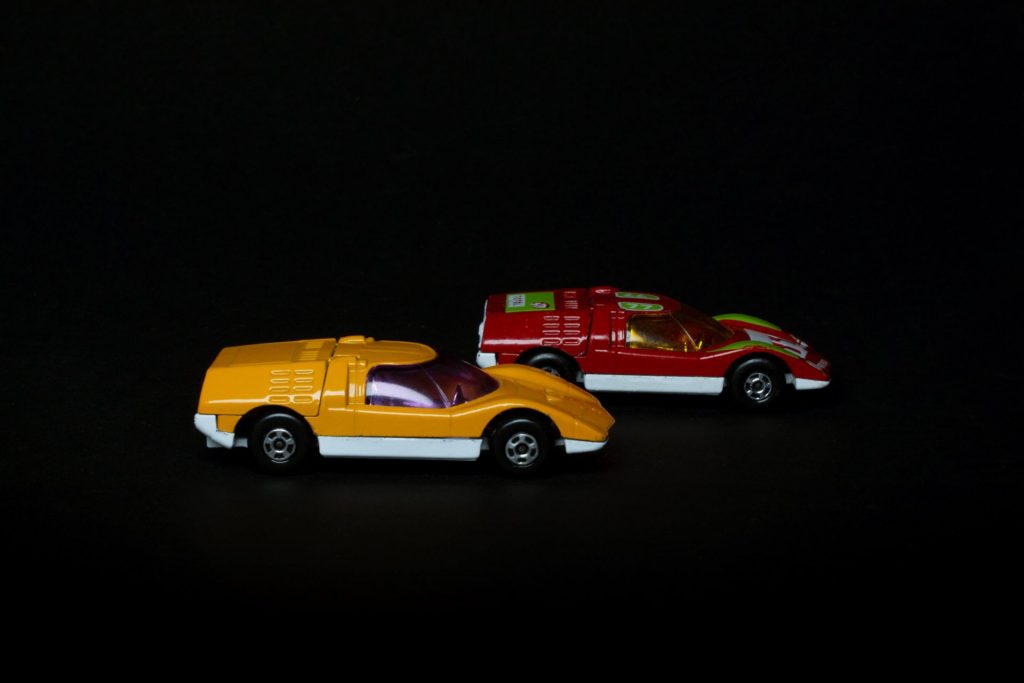
These conditions provided an excellent climate for the transformation of the spectacular vehicle into a model car. Matchbox recognised the RX500's potential and included it in the Superfast range in response to Mattel's Hot Wheels launch in 1968. The latter wanted to steal a share of Matchbox's dominance and establish itself in the American market. The Japanese supercar with its rotary engine and futuristic design was generating a lot of interest in America. It was therefore to be expected that the orange Matchbox RX500, introduced in 1971 as the MB66, would immediately become a worldwide best-seller.
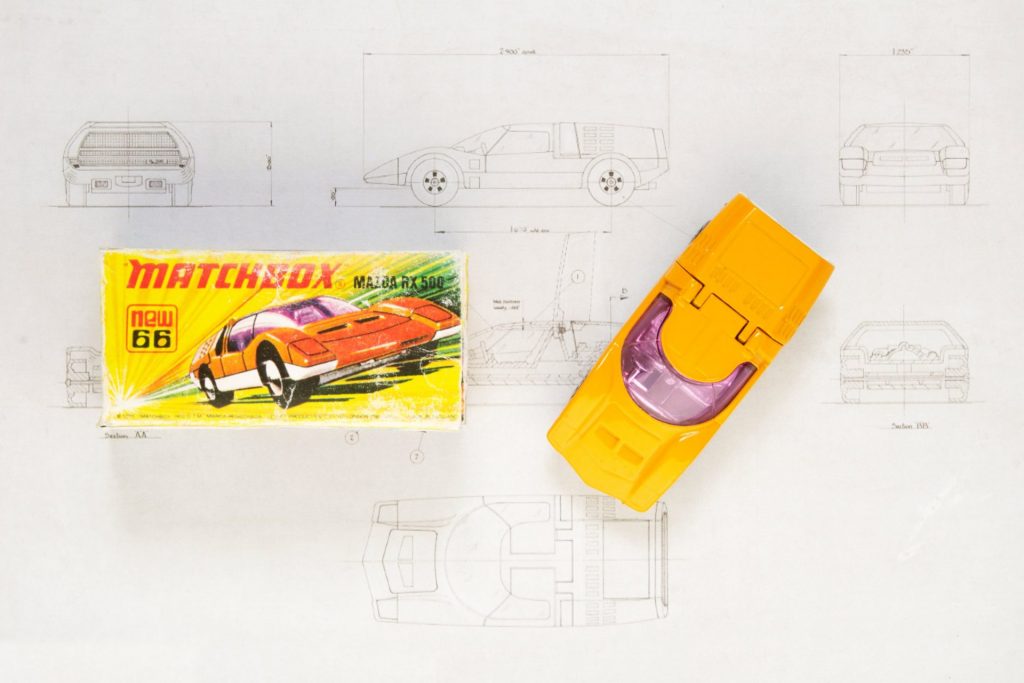
Strikingly different - the idea behind the RX500
But how did Mazda come up with such a radical vehicle? The development of a prototype designed to investigate the behaviour of plastic bodies and dynamic driving at speeds above 200 km/h had already begun in 1968 under the code name X810. The aim was to explore the harmony between people and speed in a future society, based on possible scenarios of long-distance traffic. An experimental vehicle was required - one with a medium engine, low air resistance and high downforce and, at the same time, with the smoothness of a rotary engine.
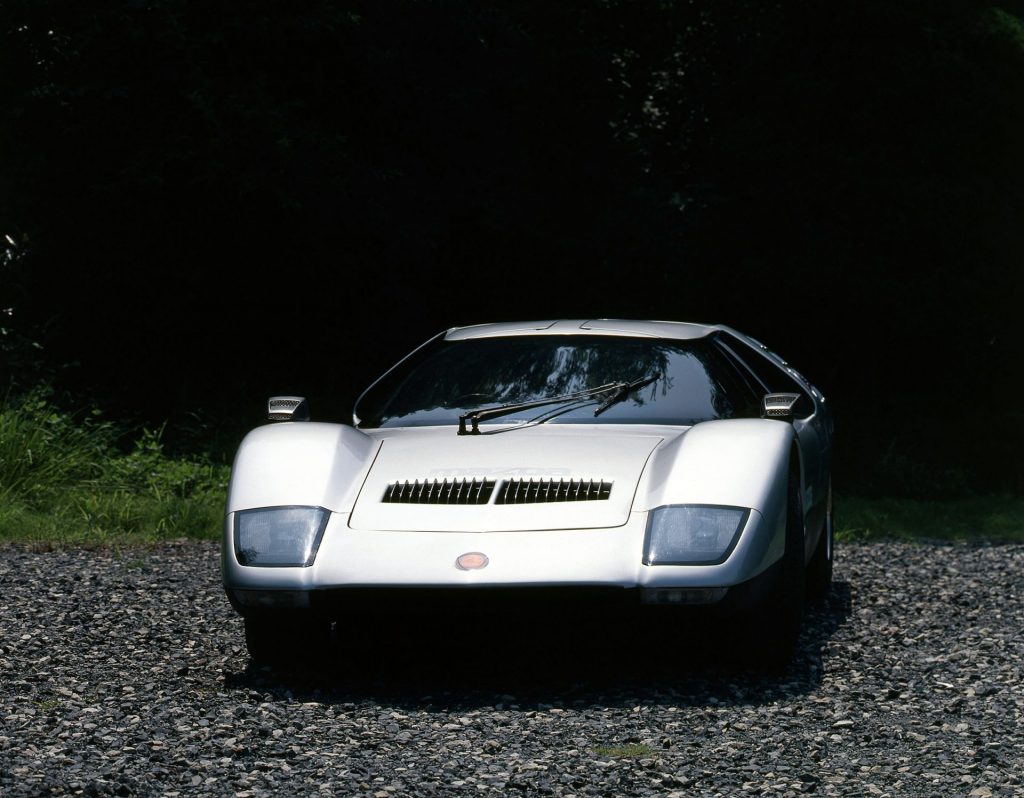
Designer Shigenori Fukuda was inspired to create the RX500 by the movie "2001: A Space Odyssey". The vehicle was not meant to look like a classic car, so a wide variety of design elements from racing and air transport were found in the RX500. The rear end stands out in particular, with its unusual appearance, a marriage between a spaceship and a fighter aircraft. The inspiration also came from the designer's association with Italian coachbuilder Carozzeria Bertone. Thus, Fukuda-San added soft curves and contours to the RX500 to avoid creating monotonous lines.
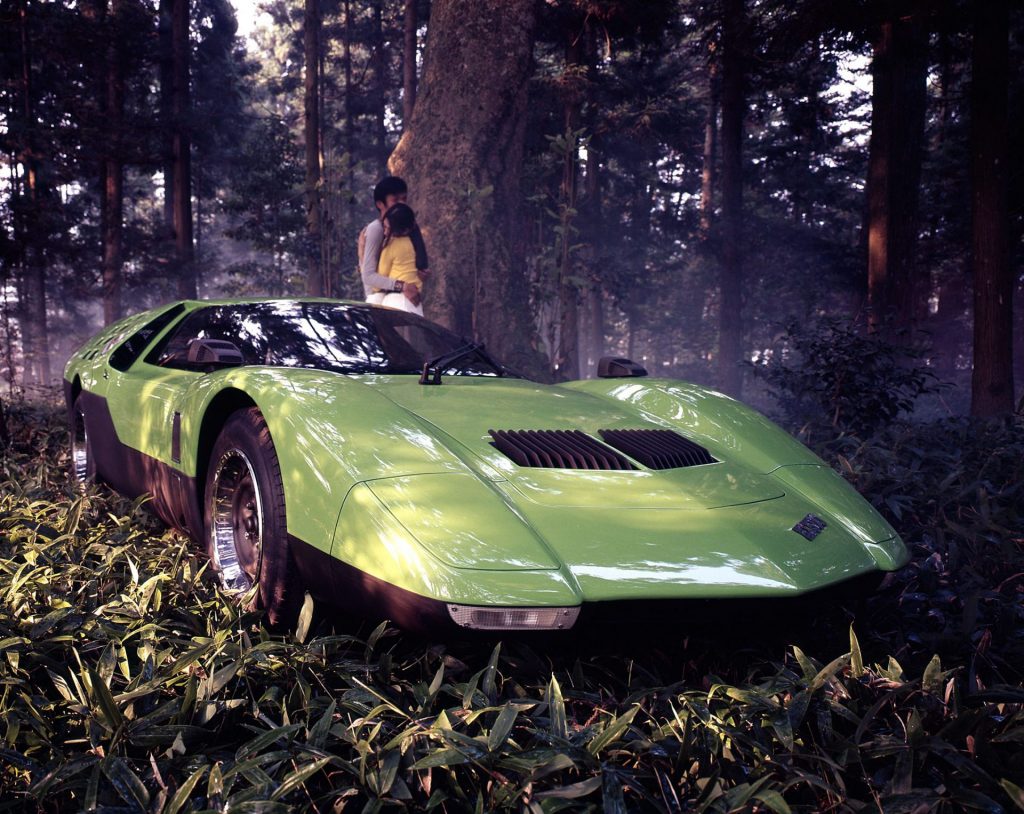
Another design feature is the curved windscreen. With the A-pillar fully hidden, the glass surfaces of the vehicle appear to end as one piece, giving the cabin a dome-like appearance. Entry to the RX500 is achieved via the two butterfly-style doors.
Technical elegance
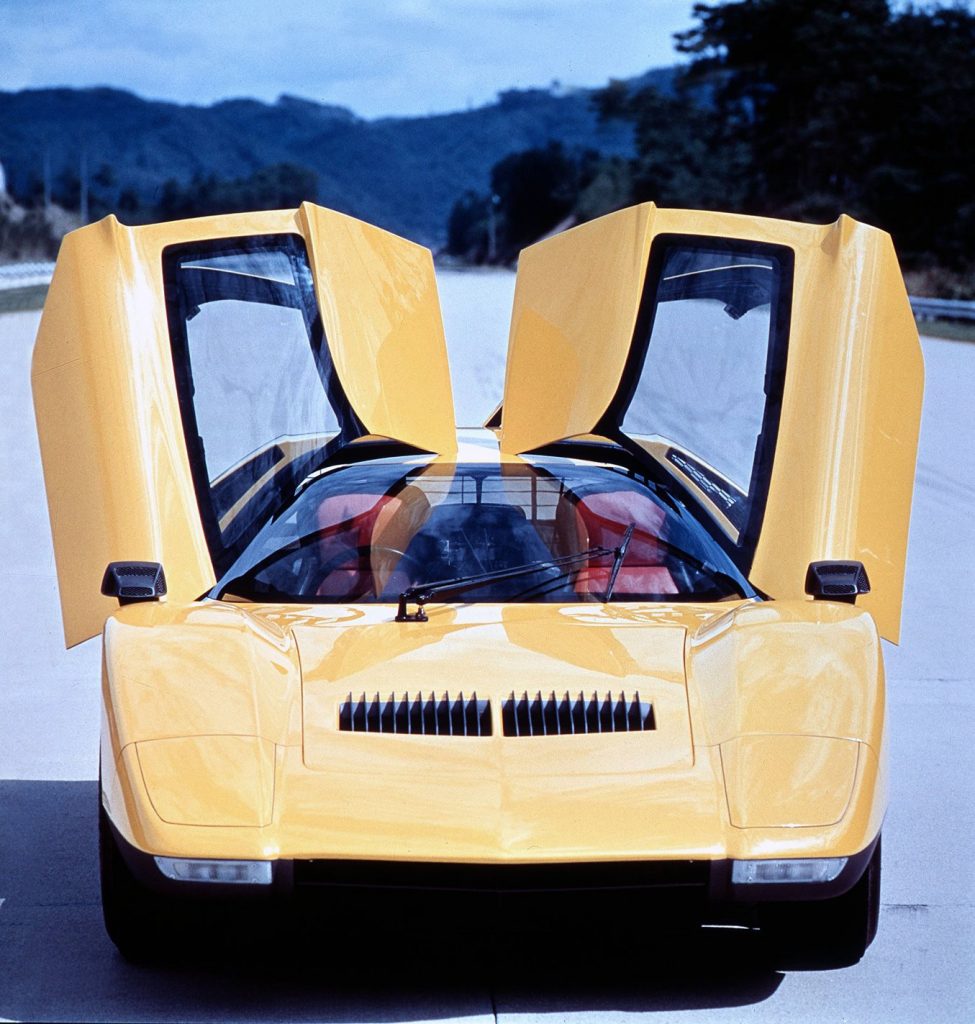
The RX500 is powered by an upgraded, water-cooled, 10A rotary motor located in the centre of the vehicle, directly behind the driver. With a chamber volume of just 982cc, it achieves an output of 250 hp. With acceleration up to 15,000 rpm, more than a Formula 1 car at the time, the RX500 manages a top speed of over 240 km/h. One reason for this is the reduced weight: thanks to a plastic body with fibreglass reinforcement in a tube frame, the RX500 weighs 850 kg in the sports version, resulting in an excellent power-to-weight ratio of 3.4 kg per horsepower. With a vehicle height of 1.065 m, the Wankel sports car also ranks among the world's lowest cars.
Back lights of the future and colours that fuelled the fame
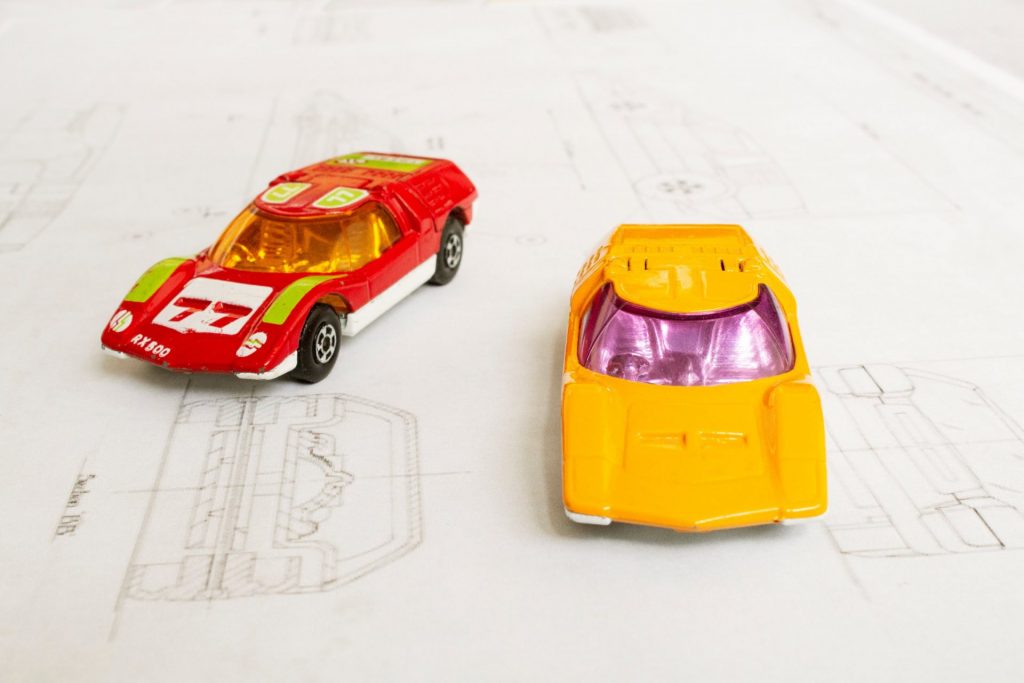
The RX500 featured a futuristic rear light model designed to provide additional information to other road users. For example, the lighting system at the rear of the vehicle included red, amber and green lights. Depending on braking intensity, the red lights would come on gradually to warn traffic behind in the event of emergency braking. The yellow lights come on as soon as the speed is reduced, while the green lights indicate that the vehicle is accelerating.
Repeated images of different colour versions of the car have caused intense speculation. A 2008 rebuild of the silver vehicle revealed green and yellow layers of paint. The car, which was originally green, was repainted in yellow for the Tokyo Motor Show, as all Mazda show vehicles had to be presented in the same bright yellow with red interior.
Any hopes for production of the RX500 were dashed by the oil crisis that began in 1973. As a result, the RX500 remains unique to this day and is an object of admiration at Hiroshima's Numaji Transport Museum.
From toy to collector's item
Fortunately, the crisis didn't affect the RX500 miniature: after its release, the Matchbox model has remained on toy shelves for over a decade in total and has been sold countless times around the world.
Those hoping to display their own little ode to the rotary-engined sports car in their living rooms should take a look in their old toy box - there might be a small 1:59 scale Matchbox RX500 waiting for them.
Nowadays, the small model is a popular collector's item, representing frantic fights in children's bedrooms. For 'picky' fans of '70s modeling products, manufacturers like Spark now offer detailed models of the RX500 that look remarkably like the original.




